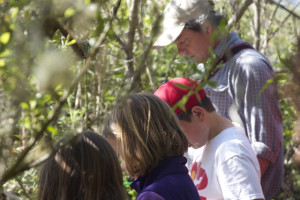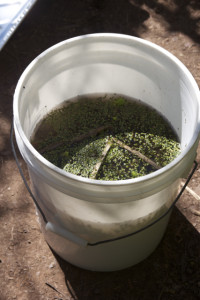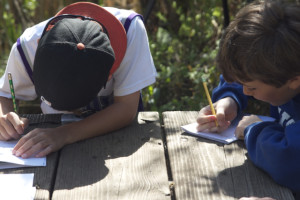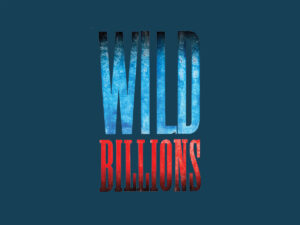“Okay, this is going to be really messy,” said David Liittschwager, hauling a green-rimmed frame outlining the shape of one cubic foot to the swampy edge of a pond in the Marin Headlands.
Of course, that was pretty good news to the surrounding fifth graders.
“Messy is good,” said one boy.
You may remember Liittschwager as the One Cubic Foot guy, the National Geographic photographer who took succinct snapshots of Earth’s biodiversity by plopping down his cubic foot frames in nine locations around the world, including the waters beneath the Golden Gate Bridge (those will be featured in our July issue).
These days, following a photo book on the project that was published in November 2012, Liittschwager is part of a pilot program to crowdsource the concept, now relaunched as the BioCube.

He’s pretty sure that the power of one cubic foot will stick in the public’s consciousness.
“It’s a personal sized piece of the world that you can look at, observe closely, and revel in,” said Liittschwager. “What we want to be able to do is have a much broader reach.”

He tested the project during a two-week pilot this spring in the murky waters at the edge of Rodeo Pond, to the east of Rodeo Lagoon. The school children, on this particular day from Sacramento and Hayward, were grouped into teams. Each team got a cube and each debated the finer points of where to best set down their cubes. Then they waited to see what flew, swam or crawled into the confines of the biocube, journaling and photographing their observations (among their tools was an underwater camera). The final step was to extract everything from the biocube — vegetation, water, mud and all — and bring it back to the lab at NatureBridge to catalogue and sort.
“The kids go through with a spoon and pipette and pull everything out and sort it until you end up having the entirety of the diversity of this pond laid out from that cube,” said Seabird McKeon, a Smithsonian biodiversity scientist, who works under zoologist and biocube researcher Chris Meyer.
 The kids also learned how to sample DNA so it could be sent in for species verification.
The kids also learned how to sample DNA so it could be sent in for species verification.
The big question for the adults at the pond was how to enable school kids to generate useful scientific data, and help them learn about biodiversity.
“We’re currently trying to scale it up and find the best way of doing it,” said McKeon.
Apparently, the biocube concept works just as well in backyards as it does in national parks.
“Diversity is fantastic in a coral reef or rainforest, but that isn’t only where it is,” McKeon said. “It’s when you take the time and slow down and look is when you find diversity.”
Back at the pond, one group of kids was getting schooled on how to be patient observers.
“A couple of you sit on the bank and see if you see any flying insects,” said Liittschwager. “We know there are some spiders nearby so we might have to wait and see.”
Liittschwager said he’s impressed by what the kids have done so far.
 “Without direction they’re coming up with lists and drawings that I can recognize,” he said. “They have enough information to be able to communicate. They’re all calling the same plant the same thing.”
“Without direction they’re coming up with lists and drawings that I can recognize,” he said. “They have enough information to be able to communicate. They’re all calling the same plant the same thing.”
But Liittschwager knows how ambitious each square foot can be.
“The dirty little secret is that I spent two weeks to a month on nine different cubes around the world and I never finished one and I’ve had a lot of help,” he said.
In other words, the biodiversity is so great, that it’s an almost insurmountable task to complete, even for the experts. So what’s a school kid supposed to do?
“We give them a taste,” said Liittschwager. “It’s dipping a net in the water to see if it’s an interesting place for further exploration.
He plans to make free video tutorials to get people started. NatureBridge and the Smithsonian Institute are hoping to win grant money that will allow them to establish a biocube program in multiple environmental education centers around the country.
Alison Hawkes is the online editor of Bay Nature.





